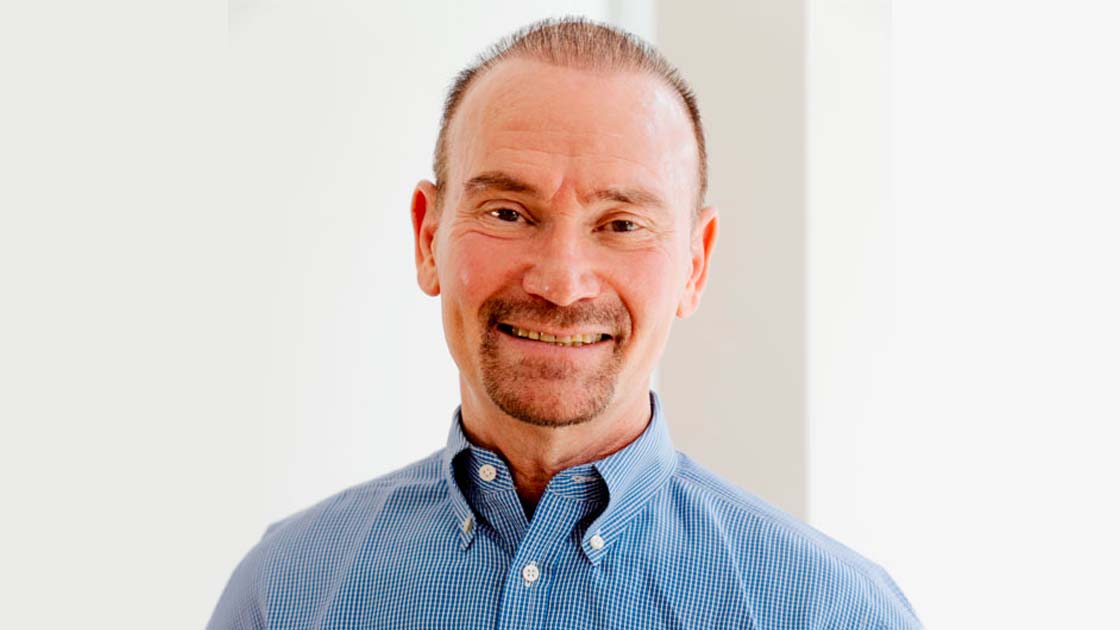
Four Decades of HIV Research Speeds COVID Response
By W. David Hardy, M.D.
Ever wonder how and why we had diagnostic tests to accurately confirm COVID-19 cases only two to three weeks after discovery of the SARS-CoV-2, the virus that causes it? How were treatments like remdesivir or the “antibody cocktails” developed for treatment of this new disease in a few months rather than the usual 10 to 15 years? How could over 200 new vaccines to protect persons from COVID-19 proceed to human testing within a few weeks after discovery of the new disease, with 6 now available for global use?
In large part, all of these tremendously rapid, effective and safe health advances were only made possible due to the many scientific advances made by our four decades of HIV research.
We now take for granted the highly accurate, specific and rapid laboratory technique called PCR (polymerase chain reaction) which underpins our most useful HIV blood test called the “viral load test.”
In 1996, this test allowed HIV researchers to see “below the surface” and finally understand that untreated HIV infection is never dormant, but instead continuously and ferociously active and destructive. PCR technology was rapidly applied to detecting and measuring the amount of SARS-CoV-2 in an infected person’s saliva.
This happened within days of the virus’ discovery and was fashioned into multiple, highly accurate diagnostic tests with a few weeks. Thanks to this lightning-fast development, our ability to diagnose persons with COVID-19, confirm the virus’ transmission patterns and trace personal contacts of possibly infected persons became almost instantly possible.
PCR is also used to determine the effectiveness of new therapies for COVID-19. Without this tool, literally millions of more persons would have become infected and succumbed to this disease. The fact that PCR was already used to diagnose and treat HIV and many other viruses, streamlined its use for COVID-19.
The therapeutic technologies designed to treat HIV (e.g., Truvada© and Descovy©, used to both treat and prevent HIV) were quickly leveraged to exploit basic vulnerabilities shared by HIV and SARS-CoV-2.
This transfer of technology led to development and FDA approval of the first antiviral medication, remdesivir, for COVID-19. When used early in the course of COVID-19, it helps affected persons to recover faster and leave the hospital earlier than persons who received a placebo treatment.
The almost magical monoclonal “antibody cocktails” quickly lower the SARS-CoV-2 viral load in an infected person’s body and kept them from progressing to the point where hospital care was needed. These antibodies have also been highly effective in protecting high-risk residents of nursing homes from the viral infection when given to them after exposure to the virus.
This therapeutic technology was first discovered and developed as treatment for and protection against HIV over 15 years ago. The years of knowledge and clinical experience gained from studies of these anti-HIV antibodies allowed design and production of similar “antibody cocktails” for COVID-19 in a matter of weeks.
Finally, almost everyone in our world has been awed at how fast multiple preventive vaccines have been designed, developed and now used to protect persons from COVID-19. A developmental timeline which historically took 10 or more years was necessarily and successfully compressed into a few months.
While we still lack an effective vaccine to protect persons from HIV, it is not for lack of trying. Ever since HIV was discovered in 1983, scientists have conducted thousands of laboratory experiments, hundreds of animal studies and clinical trials testing possible vaccine strategies.
The laboratory technology, results from animal and human safety and effectiveness studies, developed over almost four decades of HIV vaccine research, paved a clear and relatively simple pathway for developing safe and effective COVIC-19 vaccines.
Here again, years of HIV vaccine research directly fostered COVID-19 vaccines.
In a related manner, the federally funded, highly experienced clinical trial networks originally created to test HIV treatment and prevention strategies were re-purposed almost overnight to recruit, enroll and evaluate thousands of volunteers for many COVID-19 clinical trials.
Without these well-oiled and highly effective networks of experienced clinical researchers, the unprecedented, rapid and high-quality clinical trials of COVID-19 vaccines could not have been accomplished in such record time.
All-in-all, as inadequate and delayed as the United States’ overall public health response to the COVID-19 pandemic was, the pre-existing, extraordinarily high level of technology, research advances and clinical trial expertise derived from our response to the HIV global pandemic allowed our scientific and medical response to the COVID-19 pandemic to flourish and produce life-saving results in record time.
Without the multitude of “lessons learned” over the last 40+ years from responding to HIV, the death and destruction due to SARS-CoV-2 would have been much greater and even more tragic. Thus, we see how our response to the HIV pandemic has changed and improved our world today.
Dr. W. David Hardy is a Board Member of the Foundation for The AIDS Monument. He has worked as an HIV Researcher since 1984 and as a COVID-19 Researcher since 2020.